
How to Extend the Life of Your Exterior Steel Door
- By:Lisa
- 2025-11-20
- 29

Why Even Steel Doors Need Care
Exterior steel doors are prized for their strength, security, and durability — but many homeowners assume that because they’re made of steel, they require no maintenance. That’s a dangerous myth.
Even the most robust cold-rolled steel door (typically 0.8mm–2.0mm thick), coated with multi-layer protective finishes, will begin to show signs of wear — peeling paint, rust spots, stiff hinges, or leaking seals — within just 5–8 years if neglected. And once corrosion starts, it rarely stops.
According to the 2023 Durability Report on Exterior Doors published by the China Construction Metal Structure Association (CCMSA, Report No. CCMSA-TG-2023-07), 67% of poorly maintained steel doors showed visible rust or structural deformation within 10 years. Meanwhile, over 82% of doors with consistent care remained fully functional beyond 12 years.
The truth? Material gives you a foundation — maintenance gives you longevity.
A Real-Life Lesson: One Door, One Mistake
Mr. Zhang lived near the coast in southern China. He loved his new steel front door — sturdy, modern, secure. Three years later, water began pooling on his entryway floor during heavy rains. When he called a repairman, the inspector found the inner cavity of the door had corroded through — rust had eaten a hole in the steel. The fix cost 60% of the original door’s price… and damaged the wall behind it.
The cause? A clogged drain hole — and never once cleaning the door’s surface or checking its seals.
This isn’t just about aesthetics. It’s about safety, value, and peace of mind.
What’s Really Wearing Down Your Steel Door?
Your door doesn’t fail because it’s “bad steel.” It fails because it’s exposed to a silent, relentless combo of environmental stress, human habits, and hidden design flaws.
Climate: The Silent Saboteur
- Coastal & High-Salt Zones: Salt-laden air (up to 500 mg/m³ chloride ions) penetrates micro-pores in paint, triggering electrochemical corrosion. In unprotected doors, visible rust can appear in as little as six months.
- Freeze-Thaw Cycles (Northern China, Mountain Regions): Repeated expansion and contraction from sub-zero nights and above-freezing days crack paint and sealants. Water seeps in, freezes, expands — and the damage grows.
- Intense UV Exposure (Southern China, High Altitudes): UV radiation breaks down polymer bonds in paint, causing chalking, fading, and loss of adhesion. After 3 years, unprotected surfaces can lose over 30% of their protective strength.
Human Habits: The Hidden Culprits
- Slamming the door repeatedly? That’s 50+ Newtons of force on the hinges — loosening embedded mounts over time.
- Hanging pots, bikes, or decorations on the door? You’re creating localized stress points — bending the metal permanently.
- Scrubbing with steel wool or alkaline cleaners (pH > 12)? You’re stripping the passive chromium oxide layer — the very thing that stops rust from forming.
Installation Flaws: Where the Trouble Begins
Even the best door fails if installed wrong:
- No waterproof sealant between the frame and wall? Water wicks inward like a sponge.
- Missing or blocked drainage holes (under 4mm diameter)? Water pools inside the cavity — and rust eats from the inside out.
- Non-stainless steel hinges? They’ll oxidize in months.
- Poorly anchored hinges? The door sags, misaligns, and won’t close properly.
Your door isn’t broken — it’s been neglected. And that’s fixable.
7 Professional Maintenance Tips (That Actually Work)
Tip 1: Clean Regularly — Stop Corrosion Before It Starts
Paint isn’t just for looks. It’s your first line of defense against salt, dust, acid rain, and pollution.
Do this:
- Frequency: Every 3 months inland. Monthly if you’re near the coast or in an industrial area.
- Method: Use a pH-neutral cleaner (like car wash soap) and a soft microfiber cloth. Gently wipe the surface — pay extra attention to corners, lock areas, and hinges.
- Never use: Bleach, vinegar, ammonia, or abrasive scrubbers. They strip the protective coating.
Why it matters: Doors cleaned properly withstand over 1,000 hours of salt spray testing (ASTM B117). Neglected ones show rust in under 500.
Tip 2: Lubricate Hardware — Silence the Squeaks, Prevent the Breakdown
Hinges, locks, and latches make up less than 15% of your door’s cost — but they bear 100% of the wear.
Nearly half of early steel door failures stem from stiff or worn hardware.
Where to lubricate:
- Hinges (the heaviest load point): Use high-temperature lithium grease (melting point >180°C).
- Lock cylinder & tongue: Use dry PTFE (Teflon) lubricant — it doesn’t attract dust or grime.
- Door handle mechanism & sliding rods: Silicone spray works best.
When: Every 3 months. Do a full check before rainy season and winter.
Pro tip: Wipe off old grease first. Mixing old and new creates grinding paste — and accelerates wear.
Tip 3: Fix Scratches Immediately — Stop Rust at the Source
A scratch deeper than 0.05mm? That’s a gateway for moisture — and rust will spread like wildfire.
In humid climates, a 1mm scratch can turn into a 10mm² rust patch in just 30 days.
DIY Repair Steps:
- Clean: Wipe with isopropyl alcohol. Gently sand rust spots with #0000 steel wool until you see bare metal.
- Prime: Apply an epoxy zinc-rich primer — the zinc acts as a “sacrificial anode,” corroding instead of your steel.
- Paint: Match the original color with a polyurethane topcoat. Apply two thin layers, 2 hours apart.
- Dry: Let cure 24 hours in dry, 25°C conditions.
Upgrade: For coastal homes, add a nano-silica clear coat. It creates a hydrophobic barrier (water contact angle >110°) that repels salt and UV.
Tip 4: Check and Replace Weatherstripping — Seal Out Water, Not Just Noise
Weatherstripping isn’t just for insulation. It’s your door’s waterproof barrier.
Most exterior steel doors use EPDM rubber (ethylene propylene diene monomer). It lasts 8–12 years — if maintained.
Signs it’s failing:
- Cracks deeper than 0.5mm
- Hardness over 80 Shore A (new is 65–75)
- Compression set >30% (per GB/T 7759.1)
Replacement steps:
- Carefully pry out the old strip — don’t scratch the frame.
- Clean the groove with a dry cloth.
- Install the new EPDM strip from the top, cutting corners at 45° for seamless joints.
- Test the seal: Close the door on a sheet of A4 paper. You should feel resistance when pulling it out.
Tip 5: Don’t Abuse Your Door — Respect Its Design
Steel doors are strong — but not indestructible.
GB 21556 standards say they can handle a 30J impact — but repeated small impacts? That’s fatigue. Hanging a 10kg planter on the side? That’s permanent bending.
Do this instead:
- Open and close by gripping the center of the door, not the handle alone.
- No kids climbing or kicking.
- Install a hydraulic door closer to slow the swing (ideally <0.3 m/s).
- Keep furniture, bikes, and bins at least 1 meter away.
Bonus: Add aluminum corner guards (1.2mm+ thick). They absorb bumps and protect the edge.
Tip 6: Clear the Drainage Holes — Water Inside Is Your Worst Enemy
Most steel doors have hollow cavities filled with polyurethane foam or honeycomb paper. And every one of them has drainage holes — usually 1–2 small holes (4–6mm) at the bottom.
If they’re blocked? Water collects inside. Oxygen gets trapped. Electrochemical corrosion begins — and eats the steel from the inside.
How to maintain:
- Check: Twice a year — before monsoon and winter.
- Clear: Use a thin wire or low-pressure air (under 0.3 MPa).
- Test: Pour a cup of water on the threshold. It should drain out in under 30 seconds.
- Upgrade: If your door has no holes, hire a pro to drill two and install stainless steel mesh filters (0.5mm holes) to keep bugs out.
Data point: In coastal projects, doors with clear drainage had 76% fewer internal rust issues than those without.
Tip 7: Schedule an Annual Professional Inspection — Think Long-Term
You can clean, lubricate, and patch on your own. But structural integrity? That needs expert eyes.
Once a year, hire a certified door and window inspector to evaluate:
- Door alignment (should be ≤3mm vertical deviation per meter)
- Hinge anchor pull strength (must be ≥1.5 kN)
- Lock alignment (gap ≤1.5mm)
- Coating thickness (electrocoat ≥15μm, topcoat ≥30μm)
- Wind load resistance (minimum 2.5 kPa for residential doors)
Advanced upgrades:
- Nano-ceramic coating: A silica-alumina composite layer (hardness 6H) that resists salt spray beyond 2,000 hours.
- Cathodic protection strips: Zinc alloy patches inside the cavity that corrode instead of your steel.
- Smart moisture sensors: Wireless alerts if humidity rises inside the door.
These aren’t cheap — but they can extend your door’s life by 30% or more. That’s savings over time.
Tailor Your Maintenance to Your Environment
One size doesn’t fit all. Here’s how to adjust based on your lifestyle:
| USER TYPE | PRIORITY | RECOMMENDED FREQUENCY | PRO TIP |
|---|---|---|---|
| Homeowners | Appearance, quiet operation, child safety | Clean monthly, full service every 6 months | Use nano-wax for shine + water repellency |
| Commercial Buildings | Durability, smooth operation, safety compliance | Lubricate monthly, inspect quarterly | Upgrade to ball-bearing hinges for high-traffic doors |
| Coastal or Industrial Zones | Anti-corrosion, drainage, long-term protection | Clean + lubricate monthly; full coating every 6 months | Choose steel with ≥275g/m² zinc coating (Z275 grade) |
Common Myths — And Why They’re Dangerous
Myth 1: “Steel doors don’t fade — no need for shade.”
Truth: UV radiation breaks down paint molecules. A south-facing door without shading can lose 60% of its gloss and 35% of its adhesion in just 3 years. Use a UV-resistant topcoat or install an overhang.
Myth 2: “Thicker steel = longer life.”
Truth: Thickness only affects impact resistance. Corrosion resistance depends on coating quality, sealing, and drainage. A 1.0mm door with perfect seals and drainage can outlast a 1.5mm door with poor design.
Myth 3: “I only fix it when the lock breaks.”
Truth: A stuck lock is often a symptom — not the cause. If your key is hard to turn, or the door won’t latch, the problem is likely a sagging frame or loose hinges. Fix the structure first.
Your Annual Exterior Steel Door Maintenance Calendar
Make this part of your home routine. Print it. Stick it on the fridge.
| MONTH | TASK | WHAT TO DO |
|---|---|---|
| March | Spring Deep Clean | Remove winter grime. Inspect seals and weatherstripping for cracks. |
| June | Lubricate + Drain Check | Oil hinges and locks. Flush drainage holes with water. |
| September | Paint Inspection | Look for scratches, bubbling, or fading. Touch up immediately. |
| December | Professional Check | Book a certified inspection. Test structural integrity before winter. |
💡 Pro tip: Set a phone reminder. Your door will thank you — and so will your wallet.
Final Thoughts: A Great Door Isn’t Bought — It’s Cared For
Your exterior steel door isn’t just a piece of hardware. It’s your home’s first line of defense — against intruders, weather, and decay.
Its 15-year lifespan isn’t guaranteed by the manufacturer’s warranty. It’s earned through consistent care, smart habits, and attention to detail.
The seven steps above aren’t theory. They’re field-tested, engineer-approved, and backed by real-world data — from coastal homes to high-rise buildings.
Don’t wait for rust to appear. Don’t wait for the lock to jam.
-
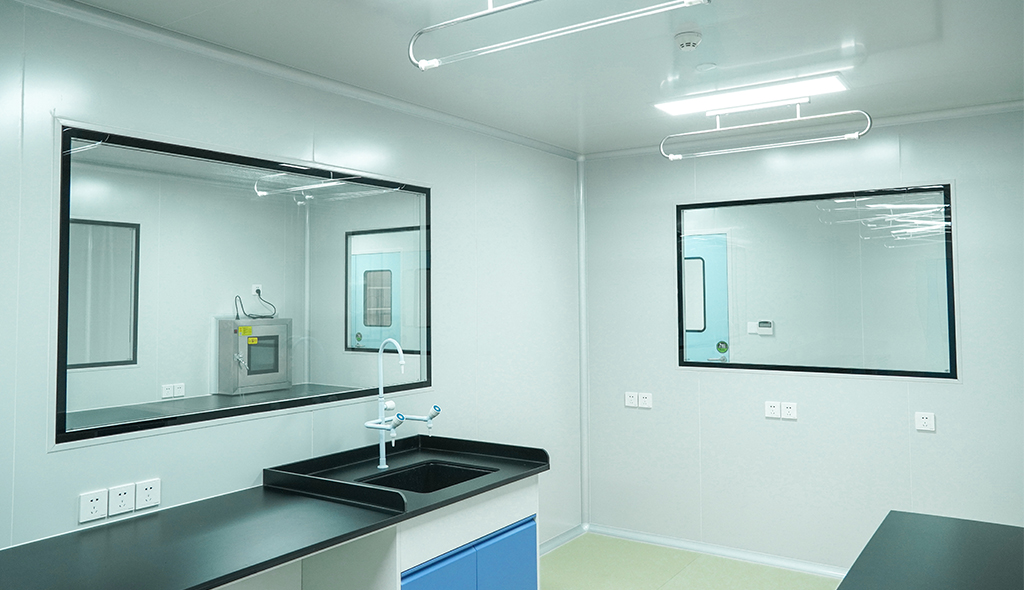 Cleanroom Glass Windows Are The Key to Maintaining a Clean Environment
Cleanroom Glass Windows Are The Key to Maintaining a Clean Environment -
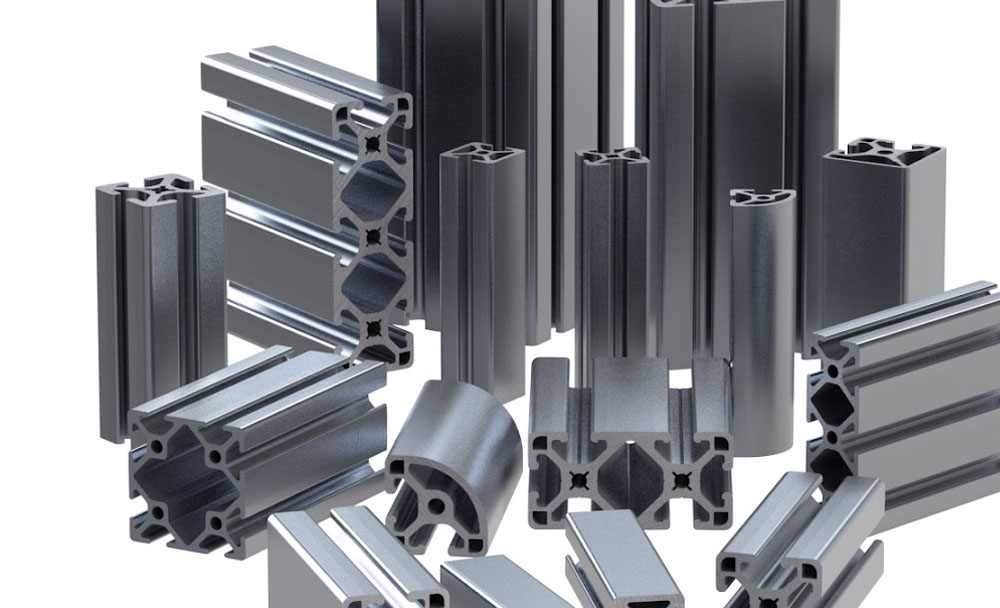 Top Aluminium Profile Manufacturers in China: Leading the Global Market
Top Aluminium Profile Manufacturers in China: Leading the Global Market -
 The Evolution of Air Tight Sliding Doors
The Evolution of Air Tight Sliding Doors -
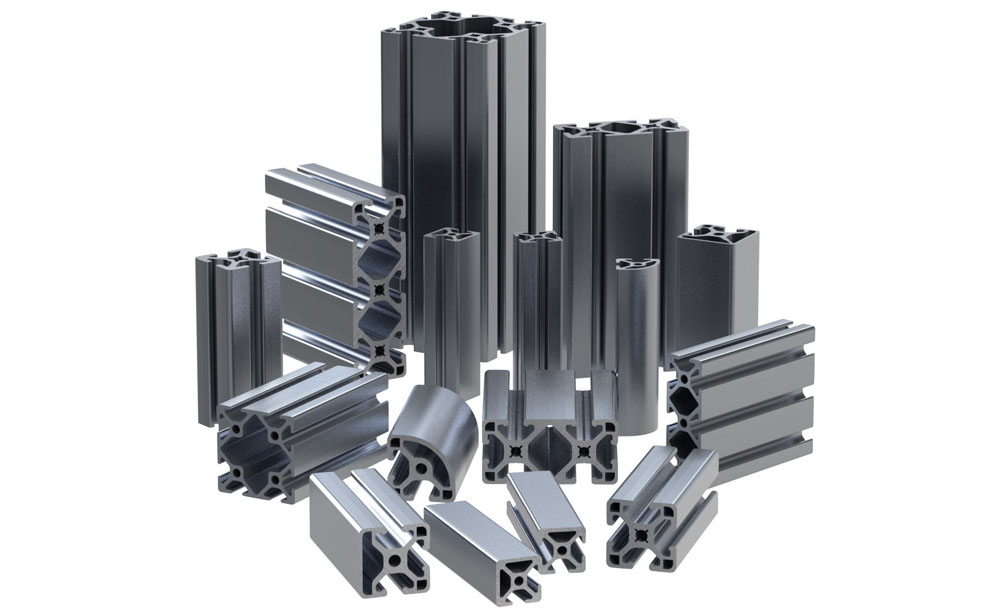 AHU Aluminium Profile: A Comprehensive Guide
AHU Aluminium Profile: A Comprehensive Guide -
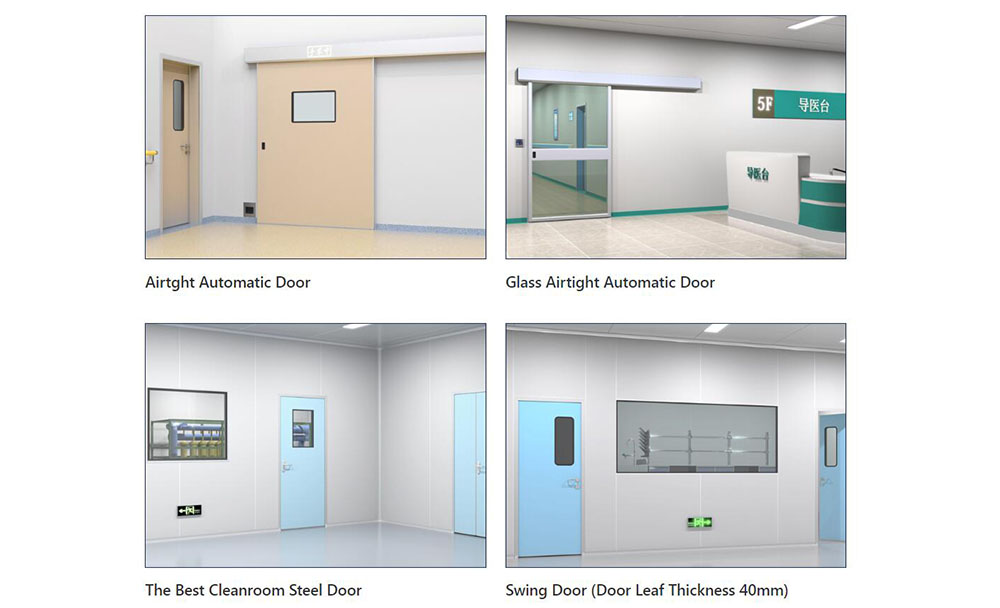 The Importance of Choosing the Right Cleanroom Door in Vietnam
The Importance of Choosing the Right Cleanroom Door in Vietnam -
 The Benefits of Hospital Automatic Doors: Enhancing Efficiency and Safety
The Benefits of Hospital Automatic Doors: Enhancing Efficiency and Safety -
.jpg) The Best Bathroom Door Manufacturers - Unlocking Endless Possibilities!
The Best Bathroom Door Manufacturers - Unlocking Endless Possibilities! -
 Unlock the Possibilities with AJ Manufacturing Doors
Unlock the Possibilities with AJ Manufacturing Doors -
 Make a Statement with Manufactured Home Interior Doors!
Make a Statement with Manufactured Home Interior Doors! -
 what is aluminum profile? Aluminum Profiles for Your Home is the best option
what is aluminum profile? Aluminum Profiles for Your Home is the best option
-
 How to Extend the Life of Your Exterior Steel Door
How to Extend the Life of Your Exterior Steel Door -
 What Are the Best Materials for AC Vent Covers
What Are the Best Materials for AC Vent Covers -
 Ceiling Vent Covers Labeled Fire-Rated? Here’s How to Verify
Ceiling Vent Covers Labeled Fire-Rated? Here’s How to Verify -
 Upgrading Lab Doors: When to Replace vs. When to Retrofit?
Upgrading Lab Doors: When to Replace vs. When to Retrofit? -
 Stainless Steel Door vs. Alternatives in Cleanrooms
Stainless Steel Door vs. Alternatives in Cleanrooms -
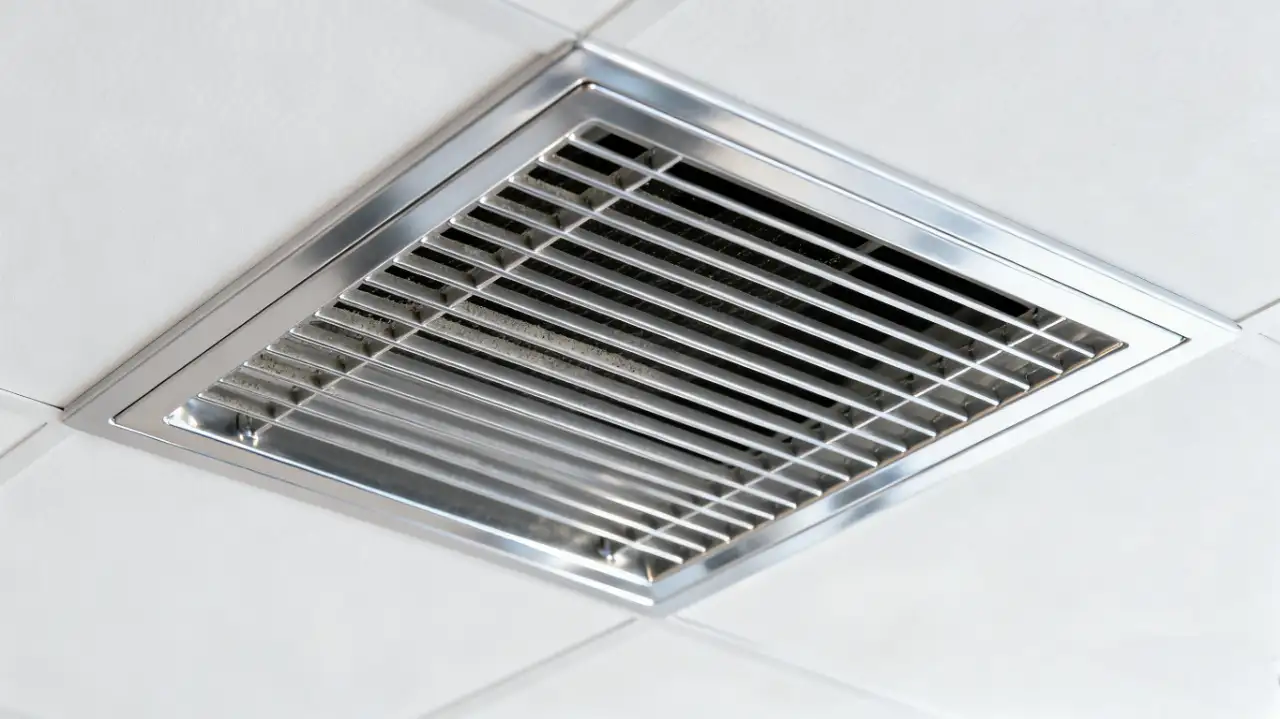 Ceiling Vent Care Tips to Boost HVAC Efficiency Year Round
Ceiling Vent Care Tips to Boost HVAC Efficiency Year Round -
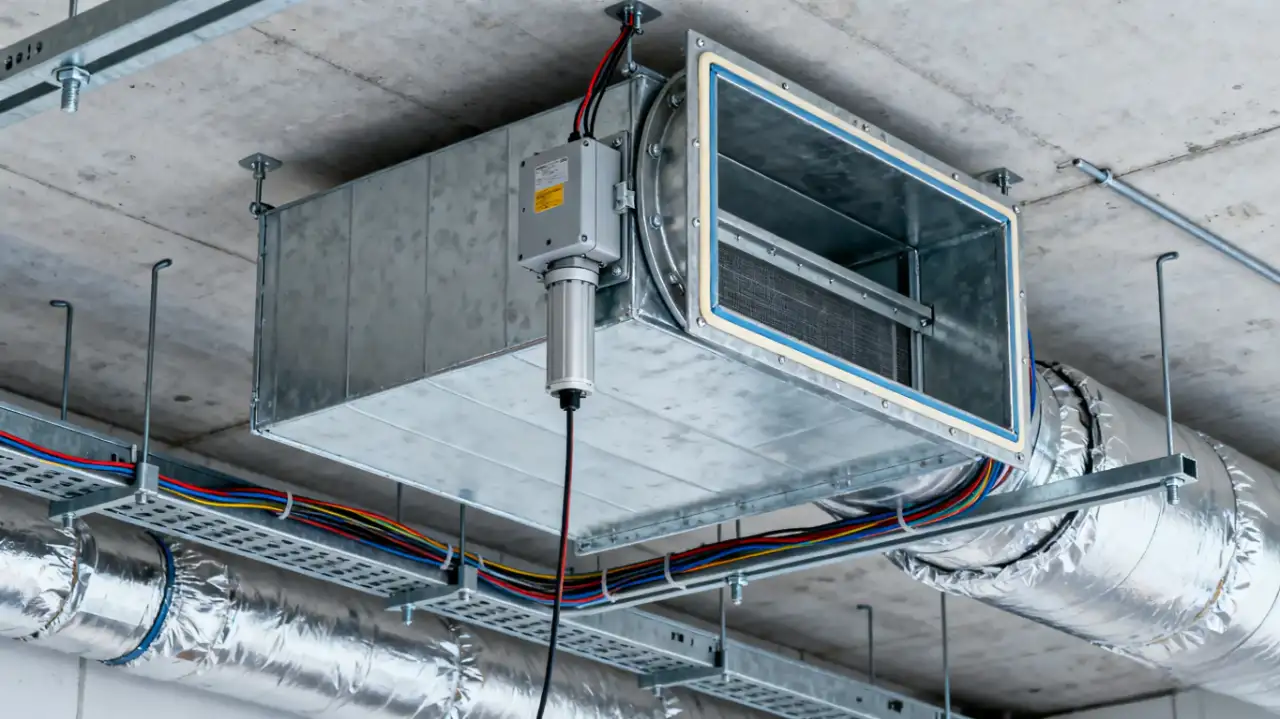 How Air Dampers Drive Efficiency in High Performance Buildings
How Air Dampers Drive Efficiency in High Performance Buildings -
 Why Semiconductor Manufacturing Can’t Function Without Cleanrooms
Why Semiconductor Manufacturing Can’t Function Without Cleanrooms -
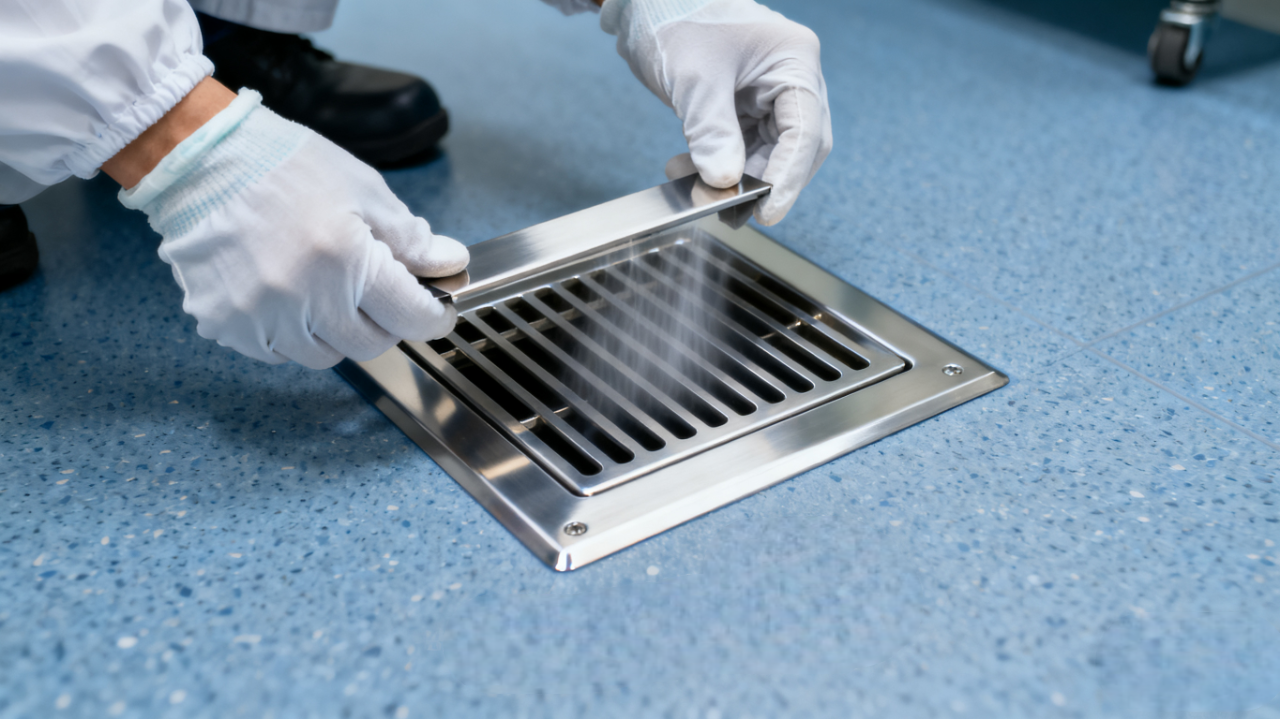 How to Select the Right Floor Vent for Cleanrooms
How to Select the Right Floor Vent for Cleanrooms -
 How to Clean and Maintain AC Registers for Peak HVAC Performance
How to Clean and Maintain AC Registers for Peak HVAC Performance

Guangzhou Yizhong Aluminum Industry Co., Ltd.
We are always providing our customers with reliable products and considerate services.
We are always providing our customers with reliable products and considerate services.










Speak Your Mind